Types of Emergency Preparedness
Are you curious about the types of emergency preparedness you may need to plan for? Emergency preparedness should be an essential part of life for all of us since we’re all subject to different types of disaster scenarios. Disasters and emergencies can strike at any time, and being prepared can make all the difference. There are several types of emergency preparedness approaches and related steps that individuals, families, organizations, and communities should consider to ensure they are ready for various situations.
We can experience natural disasters like hurricanes and earthquakes to other hazards such as chemical spills, terrorist attacks, or even manmade emergencies like a home fire. Each type of emergency requires specific preparations to ensure safety and minimize damage. In this article, we’ll explore the different types of emergency preparedness issues and what steps you can take to be ready for whatever comes your way.
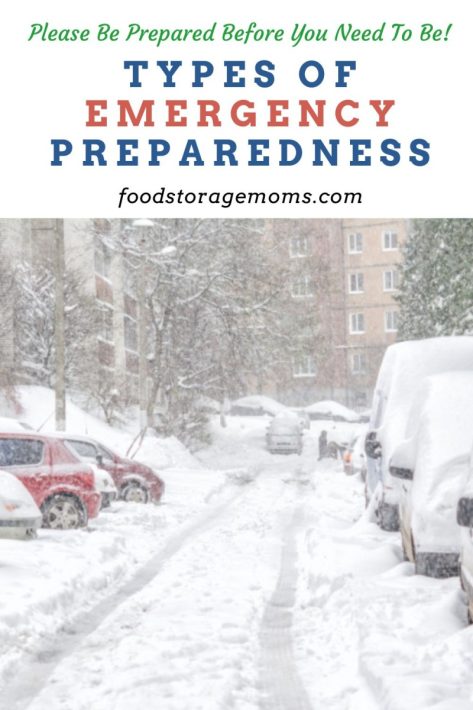
What does emergency preparedness mean?
Emergency preparedness refers to the steps taken to ensure that individuals, families, organizations, and communities are ready for a potential emergency or disaster. This can include creating an emergency plan, stocking up on necessary supplies, and practicing evacuation or shelter-in-place procedures. The goal of emergency preparedness is to minimize the impact of a crisis and increase the likelihood of survival and recovery.
Types of Emergencies That Can Occur: Partial List
- Tornado Watch vs Tornado Warning
- Hurricane Items You Must Have Before It Hits
- Earthquakes-Are You Ready?
- 20 Super Easy Ways to Be Prepared for a Tropical Storm
- How to Emergency Prep for a Winter Storm – winter weather can be the worst!
- What Should You Do in a Chemical Emergency?
- 11 Ways You Can Prepare for a Wildfire
- Floods can also require disaster preparedness
How to Prepare for an Emergency: Important Considerations
- Survival Food And Emergency Food Storage
- Emergency Preparedness-Make A Plan
- How to Handle an Emergency: Kid Edition
- What to Store in Your Pantry for an Emergency
- Learn How To Wash Clothes During An Emergency
- Gather your first aid kit
What are the 5 categories of emergency preparedness and response?
Here are the 5 categories of emergency and response. There are many types of emergency preparedness, this is the start of the categories and how you can begin your response afterward. These tips coincide with emergency and disaster management as outlined by government agencies like FEMA, the American Red Cross, and other entities that deal with emergencies on a regular basis.
Prevention
Prevention is a crucial aspect of emergency preparedness. By taking steps to prevent emergencies from occurring in the first place, we can save lives and minimize damage to property. This may involve implementing safety protocols, conducting routine maintenance on equipment and facilities, and educating and training the public about potential hazards.
The private sector needs to take on some responsibilities for prevention since the government can’t handle every situation. Whether at home or at work, we need to make sure we are in compliance with regulations, codes, and policies that are put in place for our health and safety. Although they may seem to fall into the category of “guidance,” they are much more than just common sense suggestions.
Prevention efforts can also include preparing for predictable events such as hurricanes or wildfires by taking measures to reduce their impact, such as reinforcing buildings or clearing brush around properties. Investing in prevention can help us avoid emergencies altogether, or at least mitigate their effects when they do occur.
Mitigation
Mitigation is an essential component of emergency preparedness. It involves taking actions to reduce or eliminate the impact of potential hazards before they occur. By identifying and addressing potential risks, such as natural disasters, infrastructure failures, or cyberattacks, mitigation helps organizations and communities minimize the harm and disruption that emergencies can cause.
Effective mitigation strategies may include strengthening infrastructure, improving communication systems, implementing safety protocols and procedures, and educating stakeholders on how to respond in emergency situations. By investing in mitigation efforts, organizations from the family level to large corporations can help ensure that they are better equipped to handle emergencies when they do arise.
These mitigation plans don’t have to apply to just major disasters. They can be planned for and efforts put forth that make sense at all levels.
Preparedness
Preparedness is a crucial aspect of emergency preparedness. Being prepared for any type of emergency can make all the difference in the world. Ensuring the safety and well-being of yourself and those around you. Whether it’s a natural disaster, a medical emergency, or even a power outage, having the necessary supplies and knowledge to handle the situation can help minimize the impact and potentially save lives.
Properly preparing for emergencies involves creating an emergency plan, assembling an emergency kit, staying informed about potential threats, and practicing drills with your family, employees, or the community at large to ensure everyone knows what to do in case of an emergency. All participants need to feel confident and comfortable that they understand the issues and can respond as necessary. We need to foster a feeling of inclusion so no one can say they didn’t know.
As with most important issues facing us, proper coordination, communication, and follow-through are critical.
Response
Disaster response is a vital part of emergency preparedness. The response is an essential component of emergency preparedness. In the event of an emergency, a quick and effective response can mean the difference between life and death. Emergency first responders, including police officers, firefighters, and medical personnel, play a critical role in responding to emergencies and providing aid to those in need.
They try to take into account those with special needs, but those of us closer to the situation should be well aware of those individuals and communicate their status as needed. Privacy is always important, but unique circumstances make providing life-saving responses all the more critical. If you are one of the thousands of caregivers, it is even more critical that you understand your responsibilities and take the actions necessary to properly respond to the situation.
Think about those who run family childcare homes or full-blown childcare centers. Management and staff need to make sure that training is in place and repeated often so everyone is functioning as required to provide continued health and safety, even in unexpected emergencies.
However, it’s not just professional responders who need to be prepared for emergencies, individuals, businesses, and communities must also be ready to respond when disaster strikes. This involves knowing what actions to take in an emergency situation, having the necessary supplies on hand, and being able to communicate with others effectively. By being prepared for emergencies and having a plan in place for a response, we can help ensure that everyone stays safe during times of crisis. How To Join A Community Emergency Response Team
Recovery
Recovery activities are a critical component of emergency preparedness. While many people focus on the initial response to an emergency or disaster, it’s just as important to have a plan in place with an effective checklist for the recovery period that follows. Recovery involves repairing damage, restoring services and infrastructure, and helping individuals, business entities, and communities get back on their feet.
Without proper planning for recovery, the effects of an emergency can linger long after the initial event has passed. By including recovery as part of your emergency preparedness plan, you can help ensure a smooth transition back to normalcy after an unexpected event. Recovery is usually when FEMA (federal emergency management agency) steps in to help with response plans. Buy or Die: Things to Store for Emergencies
Tips for Emergency Preparedness
Here are tips for emergency preparedness:
- Make a plan: Create an emergency plan with your family or roommates. Designate a meeting place and establish communication methods.
- Stock up on supplies: Have enough food, water, and medication to last at least three days. Don’t forget about important documents, flashlights, and batteries. Whether it’s effective masks, a good first aid kit, or learning CPR, having the tools to patch people up and monitor disease control, taking the steps outlined above will make a significant difference.
- Know your surroundings: Be aware of the potential disasters that could occur in your area and have a plan for each one.
- Stay informed: Keep track of weather updates and other news that could affect your safety.
- Practice drills: Regularly practice emergency scenarios with those you live with so everyone knows what to do in case of an emergency.
- Have an evacuation plan: Know where you will go if you need to evacuate and have transportation ready.
- Stay calm: In any emergency situation, it’s important to remain calm and follow your plan carefully. Panic can lead to poor decision-making and dangerous situations.
What should a good emergency preparedness plan include?
A good emergency preparedness plan should include the following:
- Emergency contacts: A list of important phone numbers and contact information for emergency services, family members, neighbors, and other relevant individuals.
- Evacuation routes: Maps or written directions outlining the best escape routes from your home or workplace in case of an emergency.
- Emergency supplies: A well-stocked emergency kit containing food, water, first aid supplies, flashlights, batteries, and other essentials.
- Communication plan: A plan for how you will communicate with family members and loved ones during an emergency.
- Shelter plan: A pre-determined shelter location in case of a disaster that requires immediate evacuation or sheltering in place.
- Insurance policies and important documents: Copies of important documents such as insurance policies, passports, birth certificates, and social security cards should be kept safe in a waterproof container or digital format.
- Special considerations: Any special or medical requirements should be taken into account when creating an emergency plan. This includes medication lists, mobility aids, and communication devices.
Remember to regularly review and update your emergency preparedness plan to ensure it remains relevant and effective in the event of an emergency.
Final Word
There are different types of emergency preparedness, including natural disasters like hurricanes or earthquakes, medical emergencies like pandemics or outbreaks, and other disasters like terrorist attacks or cyber-attacks.
Each type of emergency requires a unique set of preparations and responses in order to minimize damage and protect lives. It is important for everyone to have a basic understanding of emergency preparedness in order to stay safe during unexpected events.
Do you have your emergency response plan put together? Make sure you check out the resources available through the CDC, the Department of Homeland Security (DHS), police and fire departments, and the American Red Cross. May God Bless this world, Linda
Copyright Images: Cars Covered With Snow AdobeStock_128717782 By Tainar

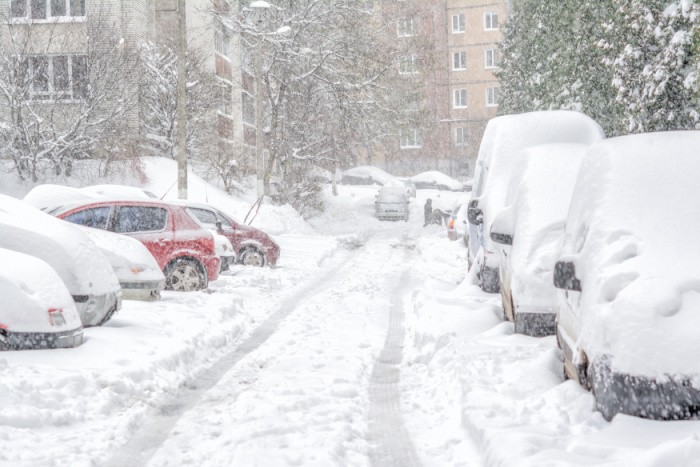

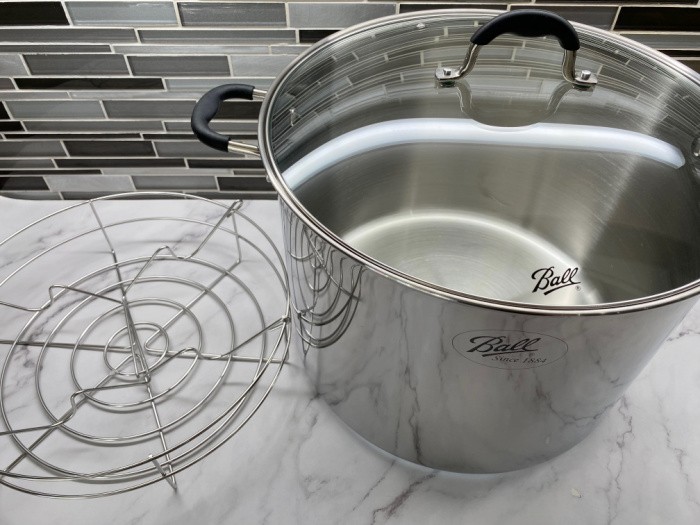

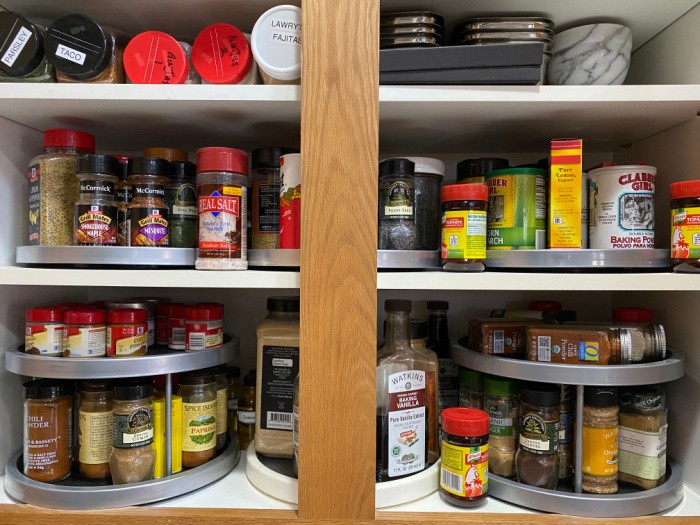
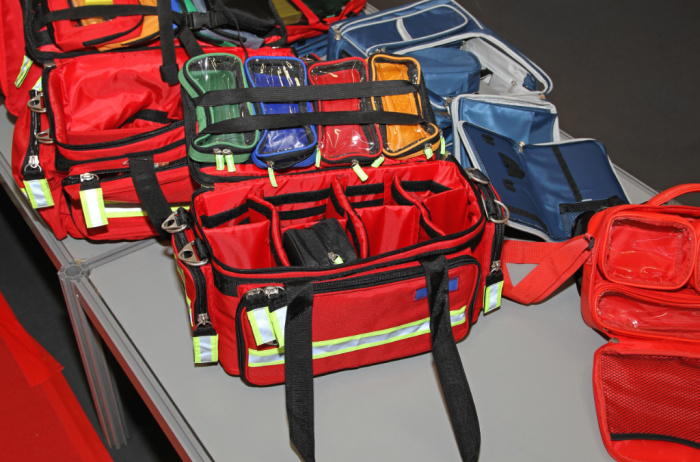
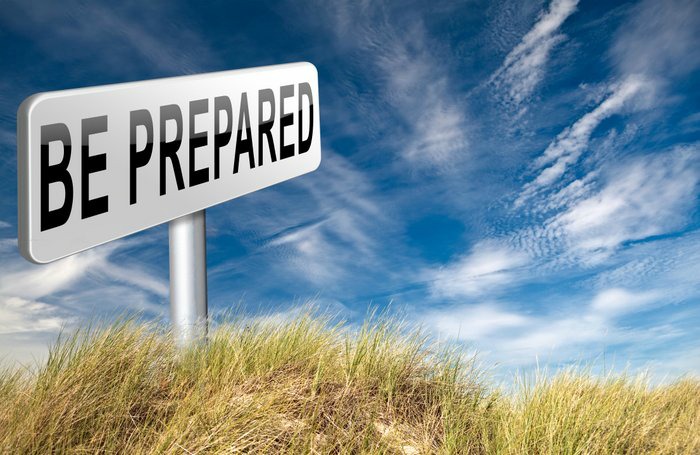

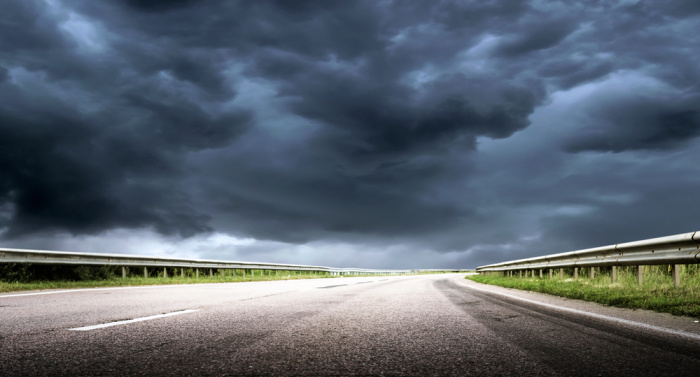
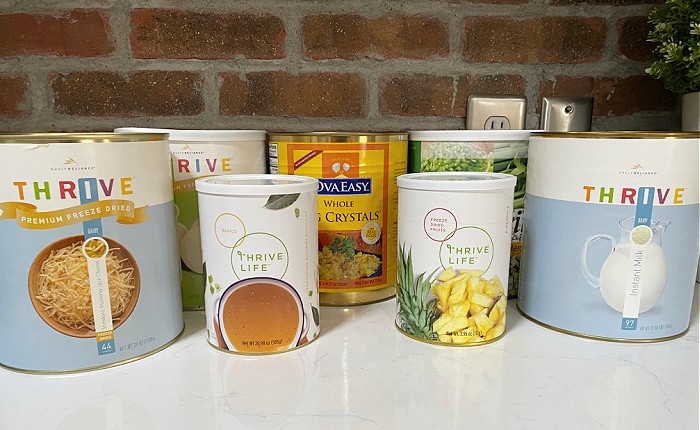
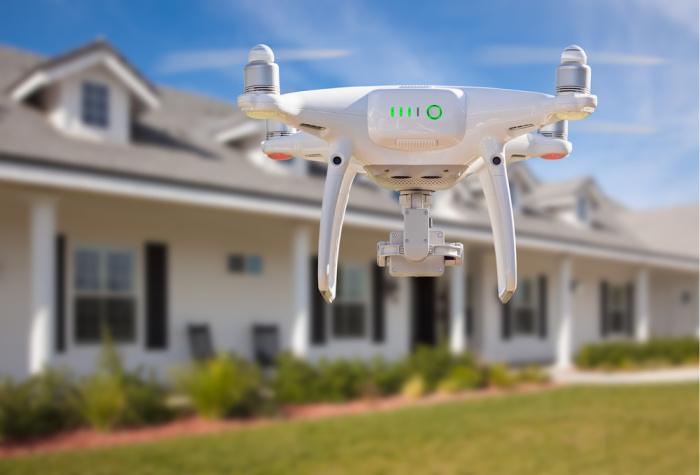
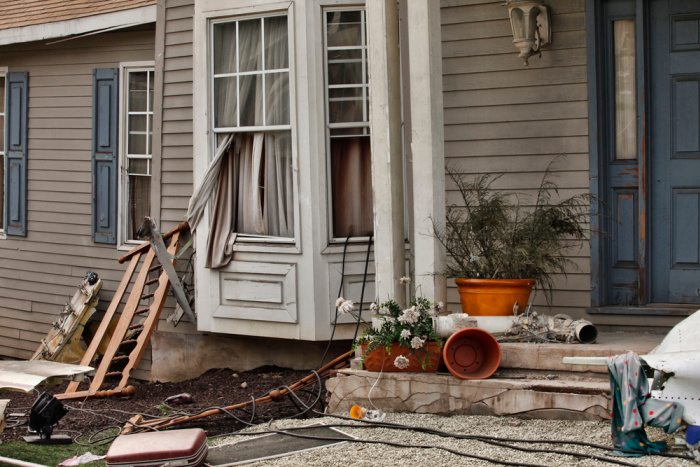
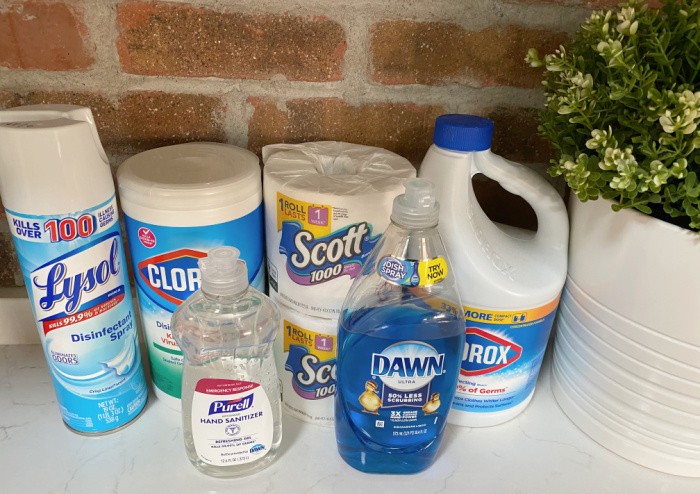
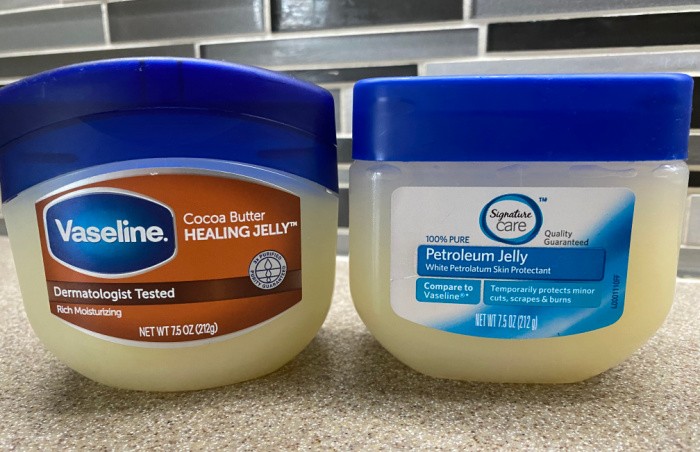
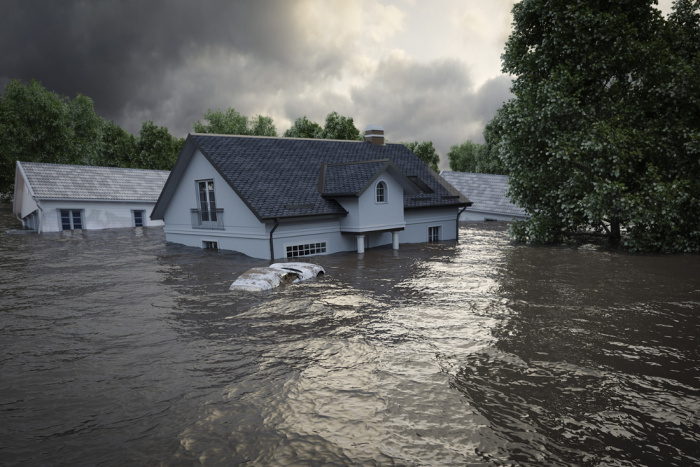
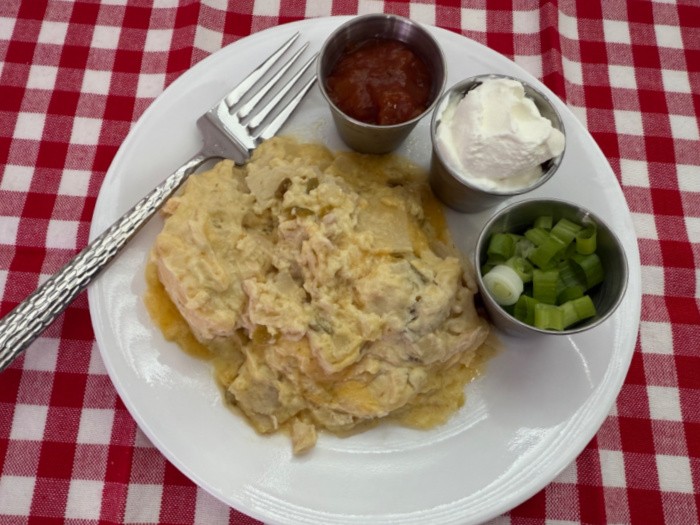

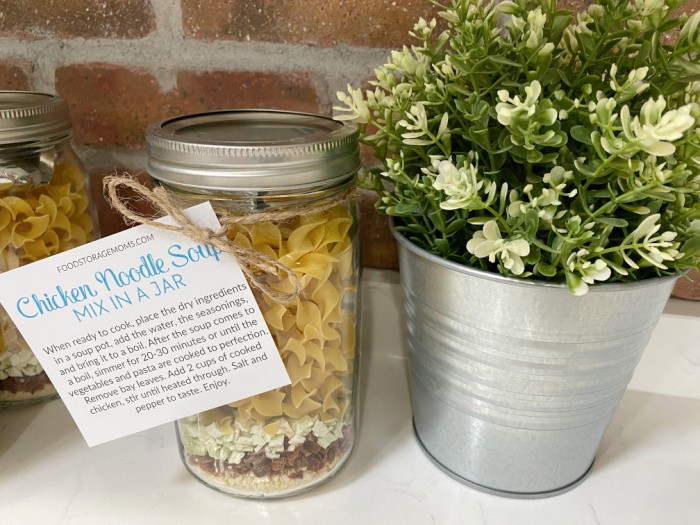
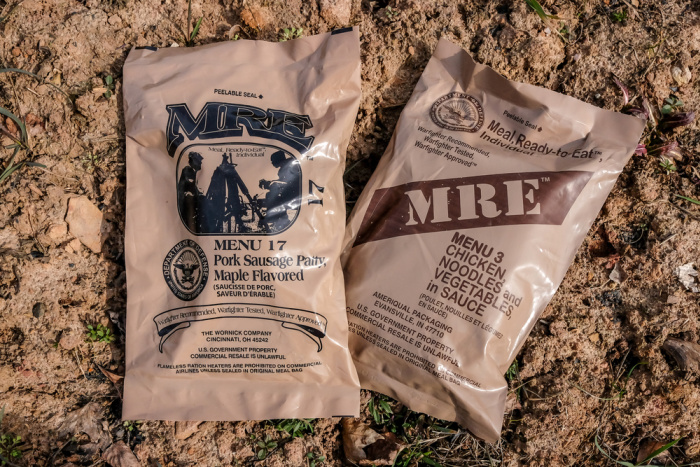


Often I’ll read about something that happened and went wrong and resulted in death or property destruction from an emergency. I try and analyze what went wrong to learn from that.
You can’t do much about your house in a tornado but you can get yourself to a hidey hole and survive.
You can’t stop wildfires but you can remove the brush piles and tumbleweeds on your property. Kalifornia is a great example where the Ronald Regan library survived because they run goats on it which keeps everything down but the surrounding area burned up.
Preparation, thought and action go a long ways
Hi Matt, oh I love this comment. I have always loved a nice looking clean yard. I clear the brush where it shouldn’t be in case a fire hopped the fence when we lived in Southern Utah and every house we have lived in for that matter. I didn’t know about the goats around the RR library. We must always be prepared as you said. Linda
I was raised on a cattle ranch. My father leased grazing areas from the forest service. There were other ranchers who did the same. We rarely had fires in our area though because the cattle kept the underbrush under control. When the forest service stopped leasing the forest land for grazing, we started seeing large fires consistently. The grazing didn’t stop all the fires, but they were generally small rather than the large uncontrollable fires.
Exactly Leanne
I just got back from Arkansas picking up a couple more steers to feed out. They definitely will keep that brush beat back grazing and tromping.
Now if ya could just convince the rest of them lol
HI Matt, oh my gosh, best idea ever! The steers are blessed to have you and your family raise them. Linda
Hi Leanne, thank you for sharing this information about keeping the underbrush under control. It’s critical, Linda
Good evening,
I have accumulated a variety of basic 1st aid, I feel sick and more major 1st aid supplies. I am not a trained health professional & have reached ripe old age of 70 something. Ha, so my brain is not the fastest in the east.
QUESTION: what is a good, simple way of organizing this stuff so it is at-the-ready? Inexpensive method? Right now I am using 2 XXL tote bags. I have thrown basic, sorta simple 1st aid stuff in one bag, and more serious 1st aid/trauma stuff in the second bad.
My “I am sick” stuff is in a wardrobe cabinet with some back up, stashed under a bed.
OMG, it is overwhelming just to type up this message.
Thank you Ms. Linda!!!!
Diana
Hi Diana, it’s overwhelming for all of us to have our first aid stuff organized. Yes, even for me. Here’s the deal we all stock certain things. I’m big into labels, I use a cheap $35.00 label machine that I type the word and stick the word or phrase on the bag or bucket. I have 5 -gallon buckets that I give as wedding gifts. They are simple and people can fill them as needed. https://www.foodstoragemoms.com/first-aid-kit-buckets/ You have duffle bags. Those work as well. Would buckets or fishing tackle boxes work? They may or may not work for you. My kids call my first aid stuff my Pharmacy Cabinet (Walgreen’s)! LOL! I’m 73 so it has to be easy for me! You can do it, make it simple. Linda
Diane ~
I am right there with you on the overwhelming part! My first aid “kits” are varied. I have a small first aid kit in my bathroom – typical band aids, topical anti-bacterial cream, gauze, tape, etc., sort of the typical buy it at the store type of first aid kit. Then I have a larger tool box that has excess bandages, scissors, all of the store type first aid kit along with things for illnesses (teas, anti-nausea meds, ginger powder, etc.), stretch wraps for sprains, single use ice packs, an arm sling, and those sorts of things. Then because of COVID, I created my COVID box – it is a large plastic tote filled with masks, hand sanitizers, rubber gloves, electrolyte drink powders, and other things that I thought would be helpful IF I got COVID. My challenge is not creating the kits but where to store them!! I live in an apartment and I am full!
Hi Leanne, I love your idea of the Covid box, love it! Linda
Dearest Linda, et al,
When my folks passed on they left a number of filing cabinets and loads of hygiene and medical supplies. Out went the old folders of papers and IN went the emergency/medicine stuff. I have a drawer for Dental/Ears/Eyes another for PAIN; Colds, Stomach, etc. When there was a shortage of Tylenol or NyQuil, we were stocked. 2 of the cabinets are in a downstairs closet and the whole family knows where to find the goods which are in smaller containers inside the designated drawers. Using the vertical space and repurposing those old metal cabinets just adds to the convenience and comfort.
With love from S. Oregon,
shir
HI Shirley, oh my gosh, why didn’t I think of this???? Oh, my gosh, it would take up very little space because it’s vertical, no lifting, I LOVE this idea! Thank you, Linda
No one ever thot of the need for emergency prep for INFLATION…..so glad to have food storage, etc. for I only have to go to the store mostly for fresh produce and my soy milk and a thing or two I might need,….spent $28 while the woman before me spent $318 and her cart was hardly filled…only level to it. So glad for the prophets over the years who told us to be prepared.
Hi Sandra, I love your comment! It feels so good to be prepared before we need to be. I hear you on the grocery basket I $$$$$! I do not know how people are feeding their families. They can if they know how to cook from scratch and squeeze a nickel out of a penny so to speak! Linda